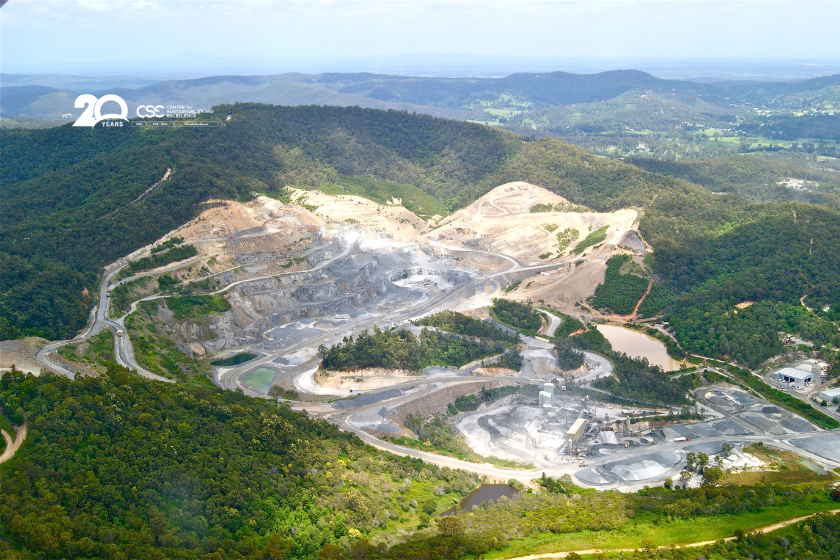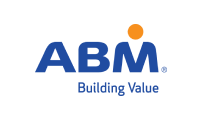The mining industry is undergoing a significant transformation. In October 2024, global mining associations—including the International Council on Mining and Metals (ICMM)—introduced a joint initiative to simplify and harmonize ESG (Environmental, Social, and Governance) standards. This move aims to make sustainability reporting more consistent, comparable, and operationally useful.
For years, fragmented ESG frameworks hindered transparency and made benchmarking difficult. Now, this global alignment offers companies—and professionals—a chance to reset and refocus.
Why ESG in Mining Is Being Rewritten
Mining plays a central role in the global energy transition. The sector provides essential minerals like copper, lithium, and cobalt. At the same time, it must address rising concerns about emissions, biodiversity loss, water usage, and Indigenous rights.
Until now, companies juggled multiple frameworks such as GRI, SASB, and TCFD. Canada’s Towards Sustainable Mining (TSM) program offered additional guidance, but inconsistencies remained. As a result, professionals often struggled to meet evolving stakeholder expectations.
With the 2024 alignment, mining companies can follow a single, streamlined ESG structure. This unified approach reduces complexity, improves comparability, and enables clearer communication with investors and regulators
Key Changes in the ESG Framework
The harmonized ESG approach introduces several critical updates:
-
Streamlined metrics: A core set of ESG indicators will reduce duplication and inconsistencies.
-
Improved comparability: Standardized data will allow investors and regulators to benchmark companies more effectively.
-
Localized flexibility: While globally aligned, the framework allows regional customization—key for countries like Canada with advanced sustainability programs.
-
Expanded social criteria: There’s greater focus on stakeholder engagement, Indigenous consent, and workforce diversity.
A relevant example of this transition is Canada’s Towards Sustainable Mining initiative, led by the Mining Association of Canada. TSM already includes protocols on energy use, biodiversity, and Indigenous relations, and is expected to align more tightly with international reporting norms.
What It Means for Mining Professionals
This is more than a compliance issue—it’s a shift in how mining professionals must operate.
Project managers, ESG officers, site engineers, and procurement teams will need to understand how ESG indicators tie into performance targets, investment decisions, and stakeholder expectations. The new standards demand:
-
Integration of ESG into day-to-day operations, not just annual reports
-
Stronger internal coordination between departments like finance, operations, and legal
-
Familiarity with both legacy frameworks and new reporting structures
-
Evidence-based approaches to community engagement and climate risk
With ESG now directly influencing access to capital, public trust, and project approvals, professionals across all functions must be prepared to navigate this evolving terrain.
Canada’s Role in Global ESG Alignment
Canada has long been recognized for its leadership in responsible mining. Through Natural Resources Canada’s sustainable mining policies and the TSM framework, Canadian companies have established practices that are now influencing global ESG expectations..
As global alignment progresses, Canadian mining professionals are uniquely positioned to lead—not just in adopting standards, but in shaping their evolution through practice.
Bridging the Gap Through ESG Training
Transitioning to a harmonized ESG model requires more than technical knowledge—it requires applied understanding. Professionals need tools to:
-
Translate ESG principles into operational strategy
-
Anticipate emerging regulatory and investor demands
-
Align sustainability goals with financial performance
Training programs designed for this transition—such as the Certified Sustainability (ESG) Practitioner Program – Canada Cohort by CSE—offer a deep dive into reporting trends, stakeholder management, and strategic implementation.
The program, designed for mid to senior-level professionals, is especially relevant for those working in extractive industries. It provides case studies, expert-led sessions, and actionable frameworks tailored to Canada’s ESG landscape.
Conclusion: Aligning Knowledge with a Changing Sector
The consolidation of ESG standards in mining is not just a technical evolution—it’s a strategic reset. For companies, it represents an opportunity to reduce complexity and increase credibility. For professionals, it’s a call to sharpen skills and align their expertise with the sector’s future.
As sustainability moves to the core of mining operations, those who understand and can act on these new ESG expectations will be best positioned to lead the industry into its next era of responsible growth.







